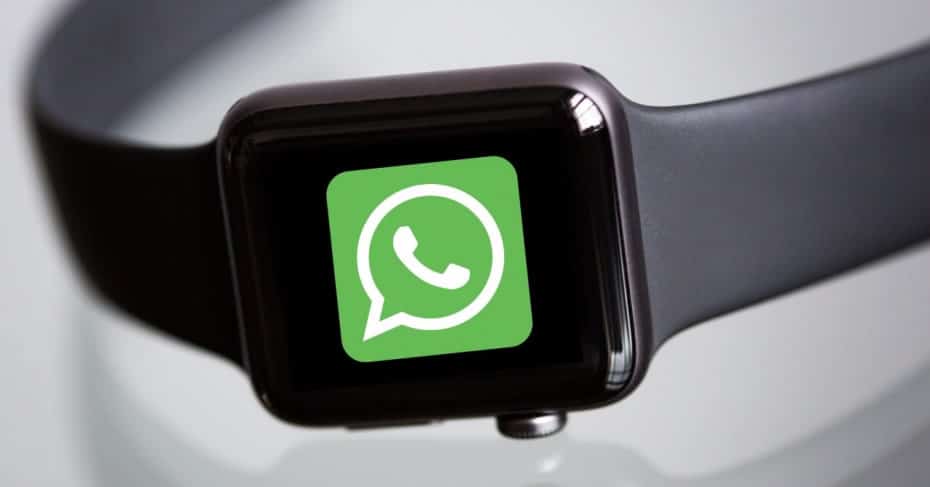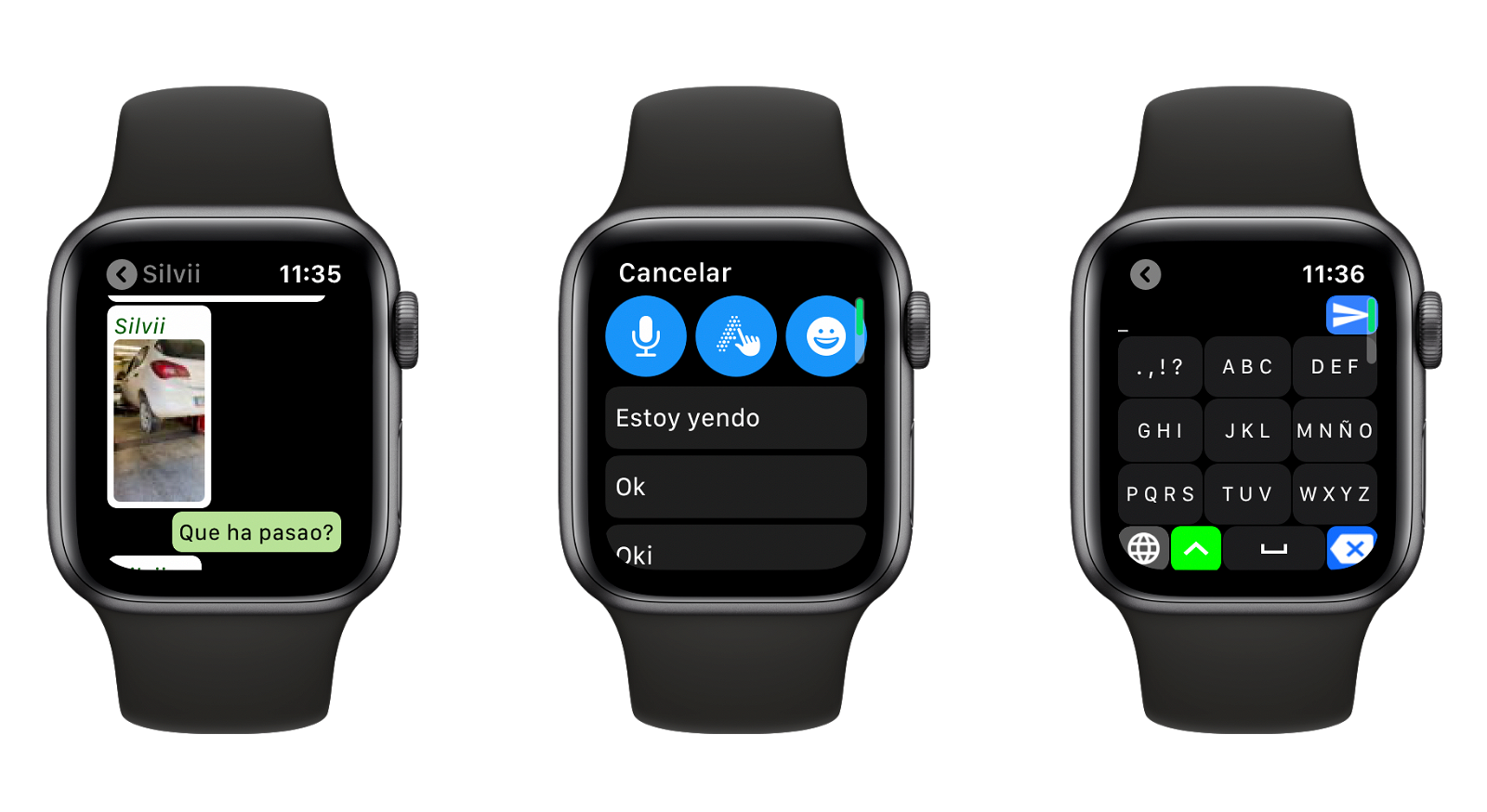
But, there are a few sports where blood oxygen can become interesting, and they all have one thing in common: altitude. So for most healthy people, it doesn’t tell you much about your workout or fitness levels. It might dip slightly, but it should return to normal soon. Apple says it’s for “ general fitness and wellness purposes,” but what exactly does that mean?īlood oxygen concentration doesn’t change much during a workout. So, what can you use Apple Watch Blood Oxygen readings for?Īt this point, you might be wondering exactly what you can use the blood oxygen feature for. However, since Apple Watch’s blood oxygen sensor is not intended for medical use, if you have a diagnosed condition that requires home blood oxygen monitoring, you still need to use a pulse oximeter that is approved by your doctor. So if you are getting low readings, you should get checked out by your doctor. It can be caused by a variety of heart and lung diseases, including COVID-19.

Low blood oxygen concentration (below 95%) is a condition known as hypoxemia. Photo: Graham Bower/Cult of Mac Is my Blood Oxygen reading normal? (To see past results, go to Browse > Respiratory > Blood Oxygen.) How to check your blood oxygen readings in the Health app. It’s also saved to the Health app on your iPhone for you to check later and compare with previous results. When the test is over, the result is presented on screen as a percentage.

You need to keep still, so it’s easiest to do it while sitting down, resting your wrist on a table. To take a Blood Oxygen reading, just open the app, tap the start button and wait for 15 seconds.

In the Health app on your iPhone, go to Browse > Respiratory > Blood Oxygen > Enable and follow the instructions.


 0 kommentar(er)
0 kommentar(er)
